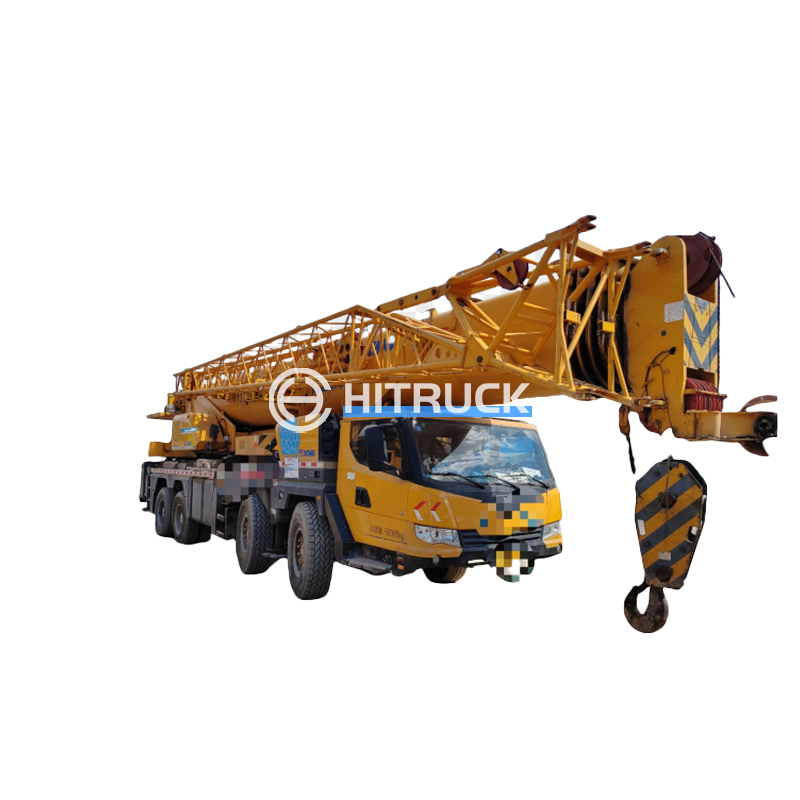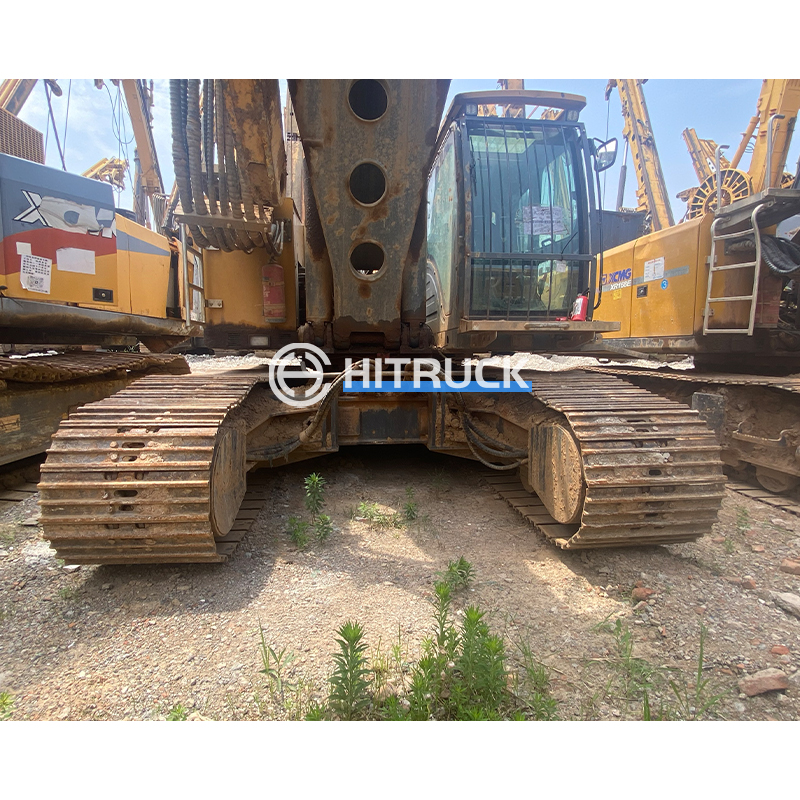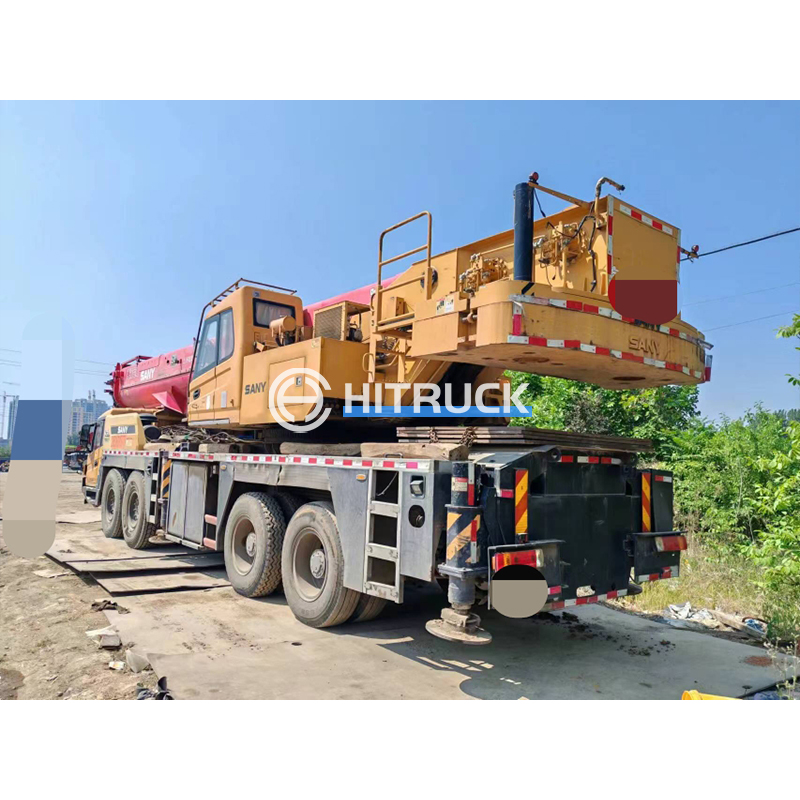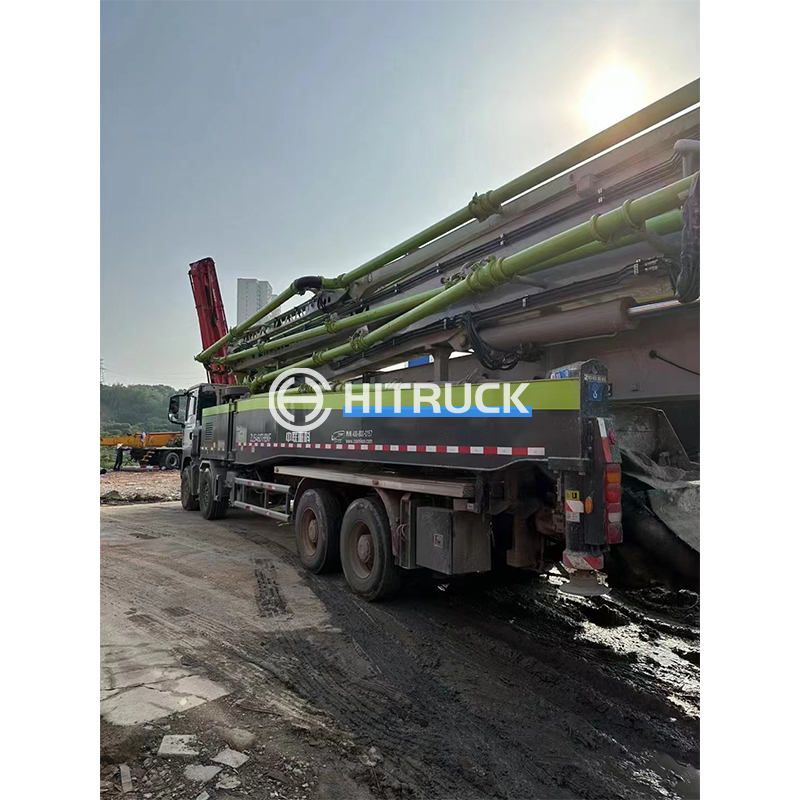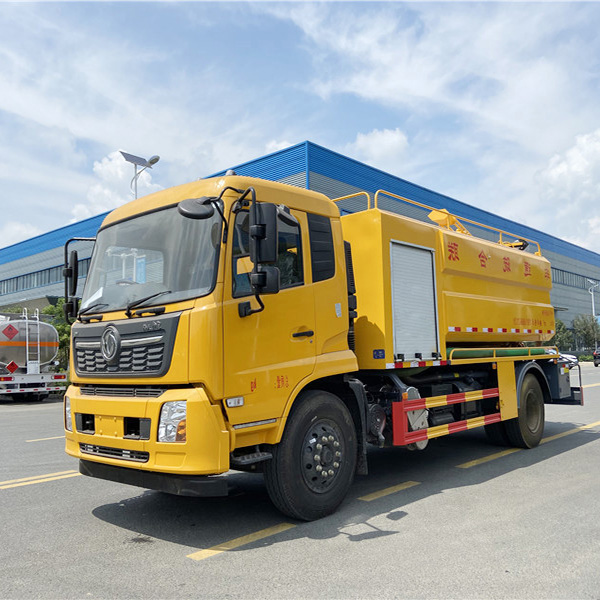When it comes to reducing carbon footprints, many turn to electric vehicles as a solution, but are electric golf carts genuinely eco-friendly alternatives? This isn’t just about lithium batteries or silent motors; it’s about real-world application, the nuances of energy sourcing, and what these carts truly offer on the green. Let’s dig into the heart of the matter and see if they’re worth the shift.
Understanding the Basics of Electric Golf Carts
Electric golf carts have been touted as the greener choice over their gasoline-powered counterparts. This perception primarily stems from their quiet operation and lack of tailpipe emissions, which fits the serene ambiance of a golf course. But is that all there is to it? From my experience in Suizhou, a hub of special-purpose vehicle manufacturing, I’ve seen electric carts taking a front seat—but not without their own set of challenges.
One major point often overlooked is the origin of the electricity powering these carts. If you’re charging from a grid heavily reliant on fossil fuels, the eco-friendliness takes a hit. This is something that brands and businesses need to consider. Suizhou Haicang Automobile Trade Technology Limited, a key player with their platform Hitruckmall, integrates sustainable practices in their operations, reflecting a holistic approach to eco-friendly vehicle solutions.
Another factor to reflect on is the battery lifecycle—it’s not just the use but also production and disposal. In field repairs and maintenance, I’ve come across electric carts with short-circuited batteries that require proper disposal processes, thus magnifying the importance of comprehensive recycling programs.
Real-World Applications and Challenges
Field testing has shown that electric golf carts are advantageous not only for their low noise emissions but also for their user-friendly maintenance. There’s something to be said about popping one open and seeing how straightforward the upkeep is, especially when you’re in a remote area without immediate access to a garage full of expensive parts.
However, there’s a flip side. The charging infrastructure, especially on sprawling golf courses or remote locations, is not always up to par. I remember a tournament where half the fleet was stuck waiting for a charge—a clear indication that the adoption of these carts goes beyond simply buying them; it involves a systemic change in golf course infrastructure.
Moreover, the initial cost can be higher than a traditional cart. This cost barrier is pertinent for smaller clubs or individual buyers. Yet, with platforms like Hitruckmall offering specialized vehicles and solutions tailored to diverse needs, the accessibility is improving, bridging the gap where conventional markets fall short.
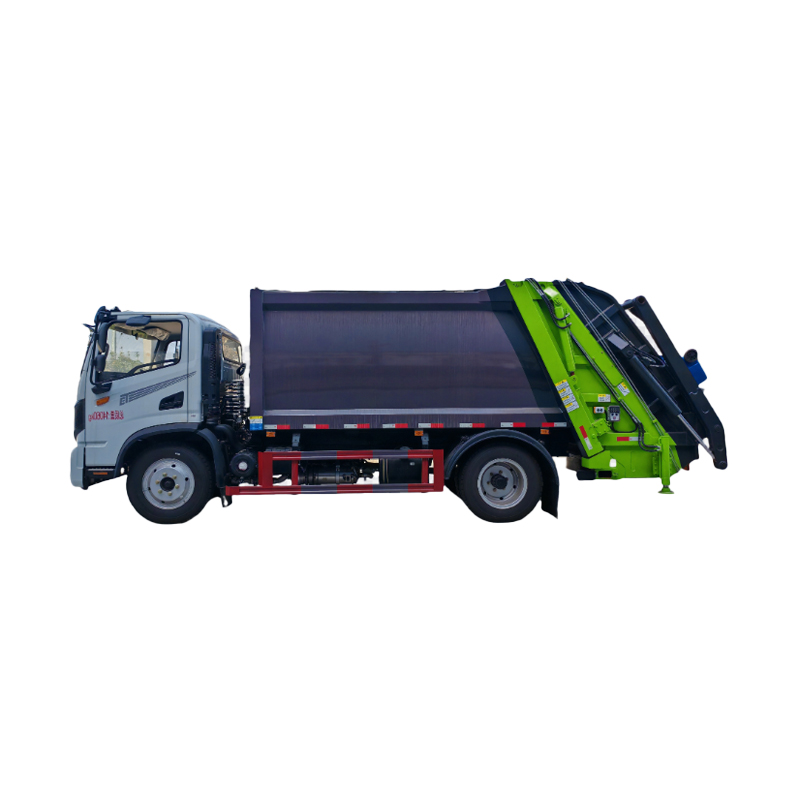
Cost-Effectiveness and Longevity
From a cost perspective, electric carts can lead to significant savings over time due to lower fuel and maintenance expenses. Anyone who’s managed a fleet will agree—it’s a tangible relief on the budget. That said, the upfront investment and potential battery replacements do warrant consideration.
One thing to realize is that quality varies significantly between manufacturers. The longevity of the cart hinges quite strongly on who built it and the kind of conditions it’s subjected to. Top-notch OEMs, which many, including Suizhou Haicang, collaborate with, provide options that outlast typical expectations, offering reliability that aligns with global quality standards.
Yet, field experience tells me that not all that glitters is gold—periodical ailments in drivetrain efficiency, particularly in varying weather conditions, can crop up, affecting range and performance. Planning around these variables becomes an art in itself for operators.
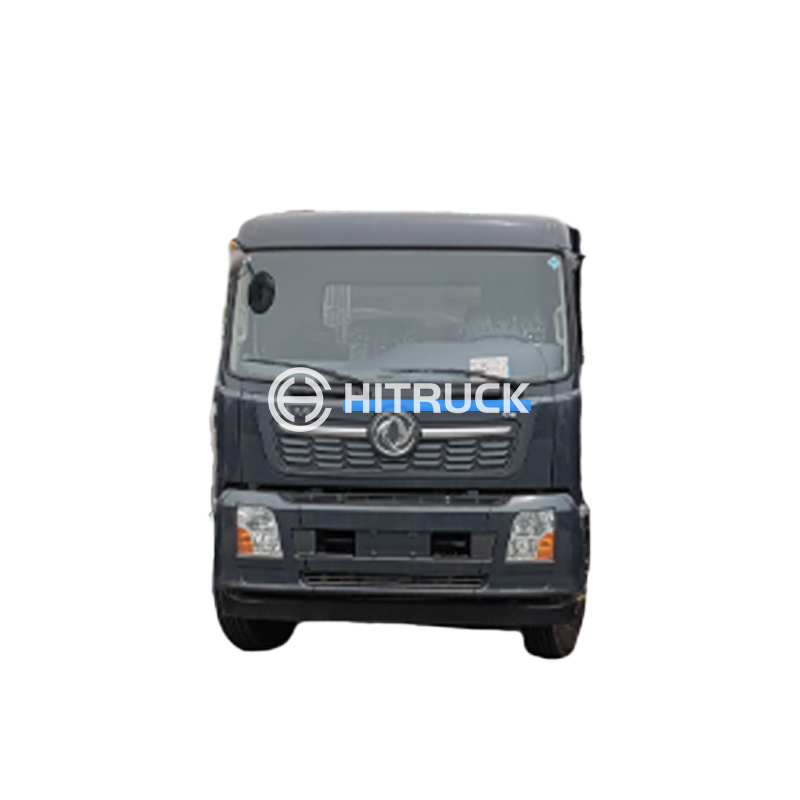
Environmental Considerations Beyond Zero Emissions
In my discussions with industry insiders, one recurring topic is the broader environmental impact. Yes, they emit nothing during operation, but let’s not ignore the full energy cycle. Manufacturing processes—right from material sourcing to assembly—are crucial, and improvements here can lead to the real ‘green revolution.’
Using platforms like Hitruckmall to source these vehicles ensures adherence to higher environmental standards. The company’s commitment to sustainability encompasses collaborations that foster significant advances in energy efficiency and lowered environmental impact, setting benchmarks in the vehicle manufacturing space.
Additionally, the silent operation of electric carts reduces noise pollution, significantly enhancing the serenity and enjoyment on the course—an often underappreciated environmental benefit.
Looking to the Future
The future of electric golf carts lies in continual innovation and adaptation, both in technology and infrastructure. With market leaders like Suizhou Haicang driving changes, the potential for broader acceptance is notable. However, it needs collective efforts across industries and consumers alike.
Thinking of the overall infrastructure—charging systems, parts supply, and strategic obstacle management—are areas I believe require concerted attention. It’s not just the carts; it’s the entire ecosystem that supports them which needs development.
In conclusion, while electric golf carts do present themselves as eco-friendlier options, their sustainability is intricately tied to broader environmental practices, proper infrastructure, and smarter energy solutions. As we see advancements in these areas, their role as true eco-friendly alternatives becomes increasingly tangible.





